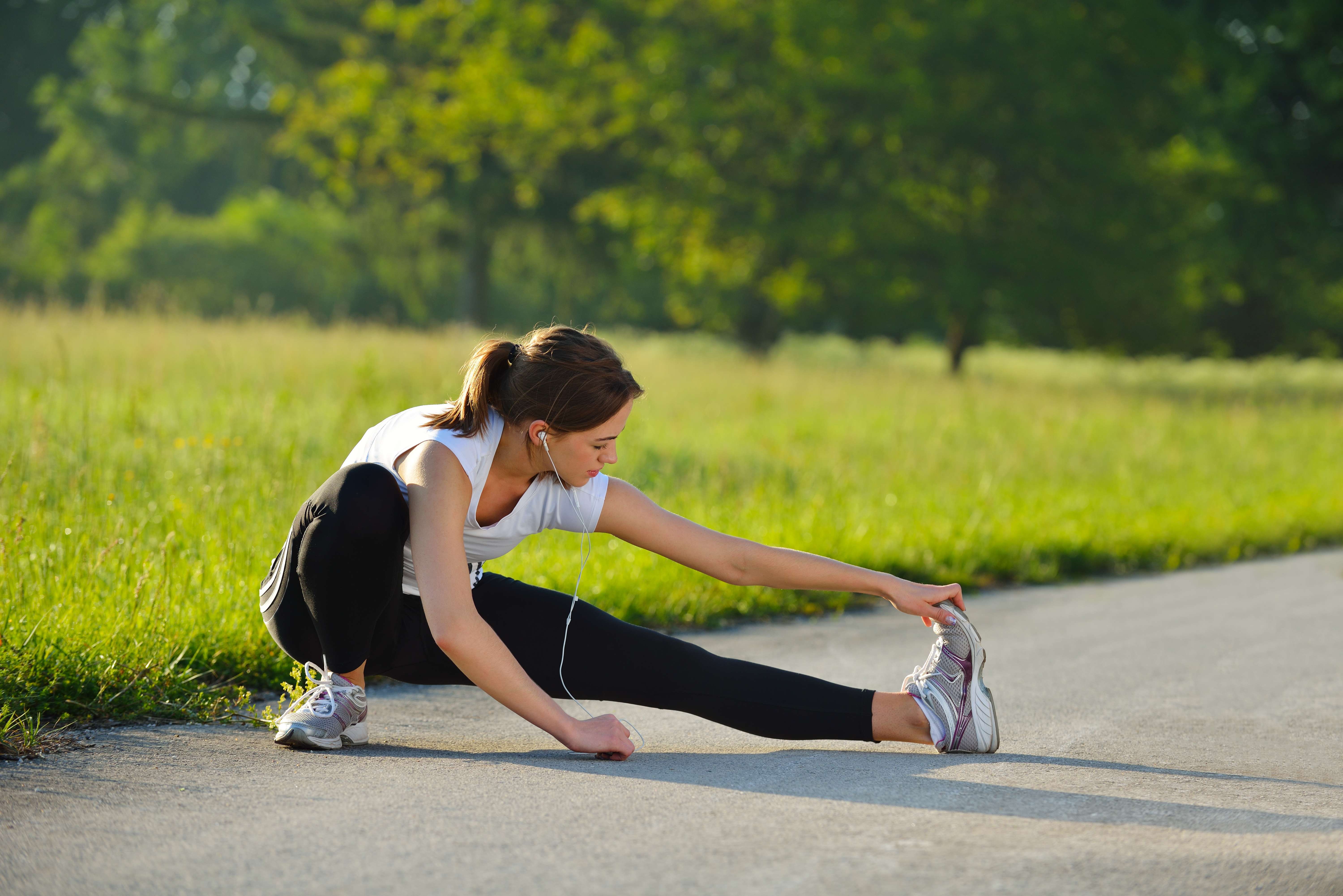Evaluate your salt consumption. Eating more snacks instead of meals daily minimizes the chance of calf cramps, because sweating salt (routine bodily function to cool itself) is insufficient to decrease sodium that’s collected from eating. Salt and fluid intake is a standard approach to prevent leg cramps. 110 mg of sodium per eight ounces of fluid is recommendable salt and fluid ratio.
If you already have developed a calf cramp, gently stretch the area.
Gently stretch your calf cramp. Cramping while sustaining weight during a work-out is muscle stress, and stretching tissue mitigates stiffness. A remedial calf stretch that won’t exacerbate tissue farther is having the injured leg’s foot and heel flat on the surface then slowly angle the knee forward. You should experience some muscle pull and maintain it up to five seconds then straighten the leg. Repeat this brief work-out six times. Intensify this exercise by stretching a few more inches of deepness to your knee-bend, and have the heel flat.
Caress the calf cramp to curtail the muscle from excessively stressing. Massaging or rubbing can additionally assuage the muscle, enhance blood flow and stimulate fluid circulation in the tissues. These techniques substantially alleviate a calf cramping, also slackens muscle strain in the leg. Massage crosswise, also rub up and down the distance of the lower leg.
Consistently implement therapy to stop cramps from persisting. Continue abundant hydration and include salt in your diet. Resting helps recuperation and actively resting should be done at low-intensity. Immobilization isn’t recommendable because it can cause a relapse. Gently working-out continues excellent blood flow that’s helpful to reinstate fluid and salt. Drinks with potassium, sodium and additional electrolytes effectively diminish cramps.
For your information
If your work-out tension doesn’t exacerbate sodium loss then don’t eat more salt. A regular diet has enough of daily salt intake. Be keen of nerve pain or skin discoloration. Bruising can aggravate cramping whereas bruising heals itself yet constant bruising indicates atypical recovery or blood circulation. Calf cramps, is a manifestation of more damage or a profound symptom. So remedy it immediately and reoccurring cramps need professional medical attention.
Exclude neurological or muscle symptoms with a physical exam. Massage the calves frequently to have them relaxed and to prevent more cramping. Thin, supple muscles are mobile daily and not just when exercising. Having them flexible diminishes cramping.






